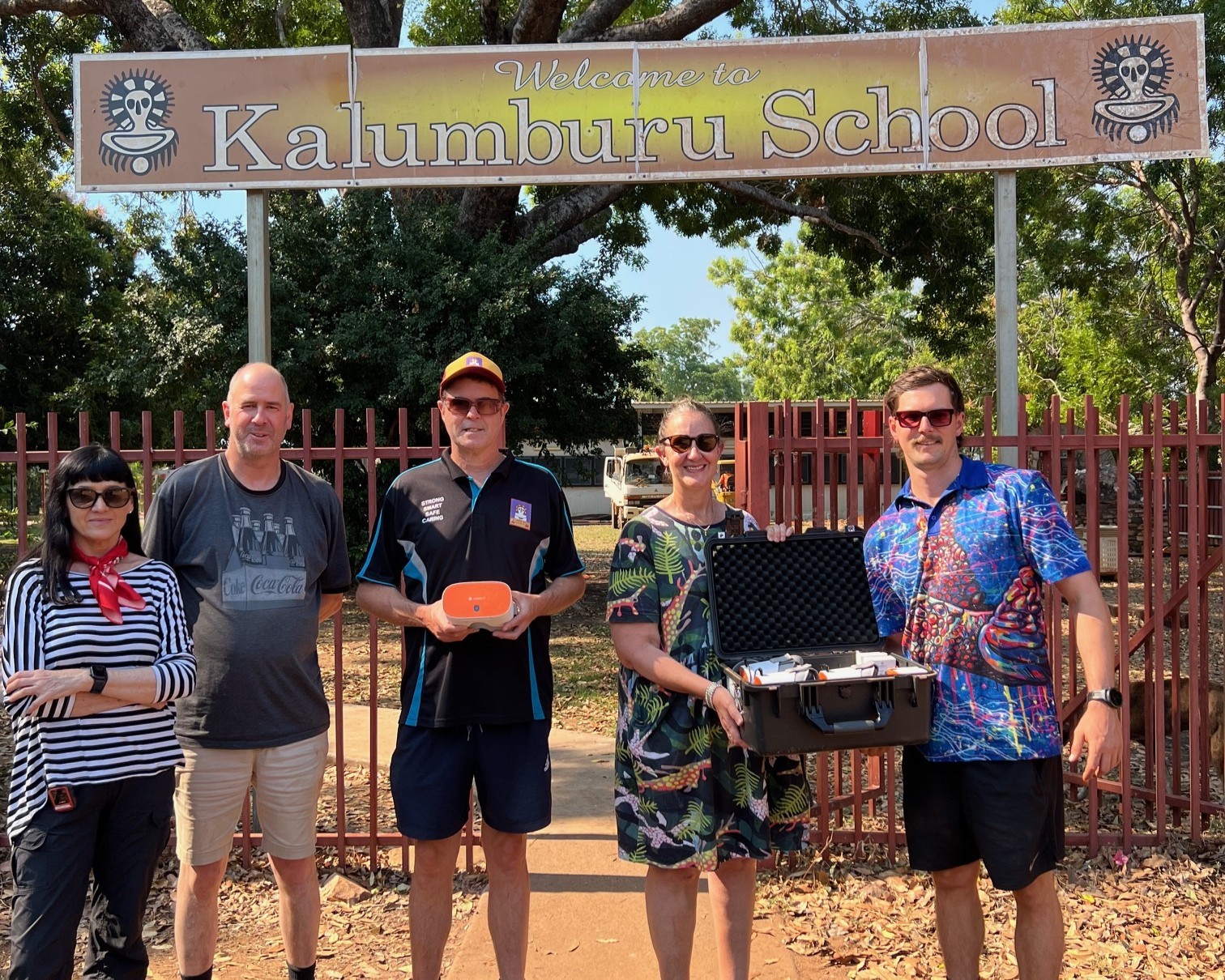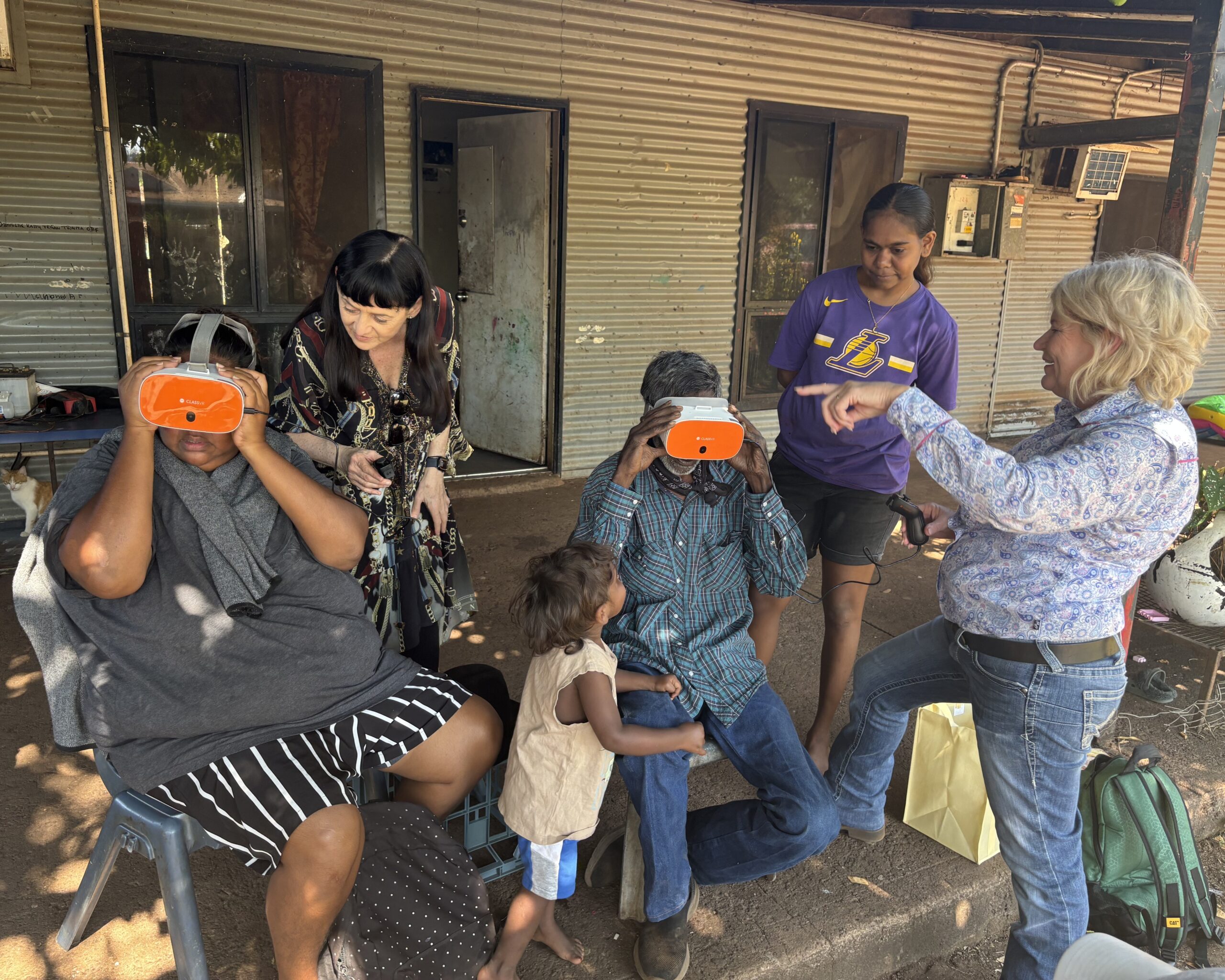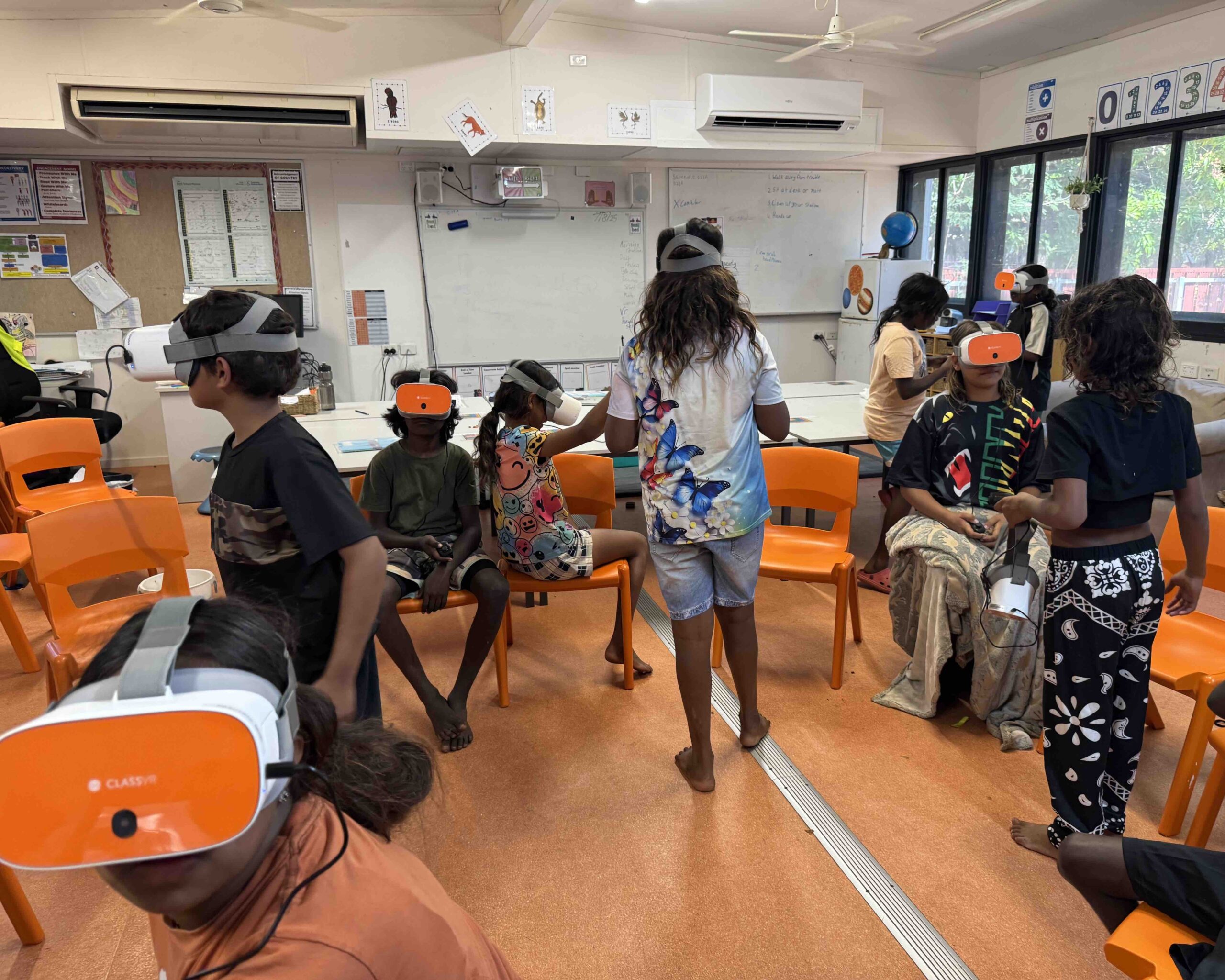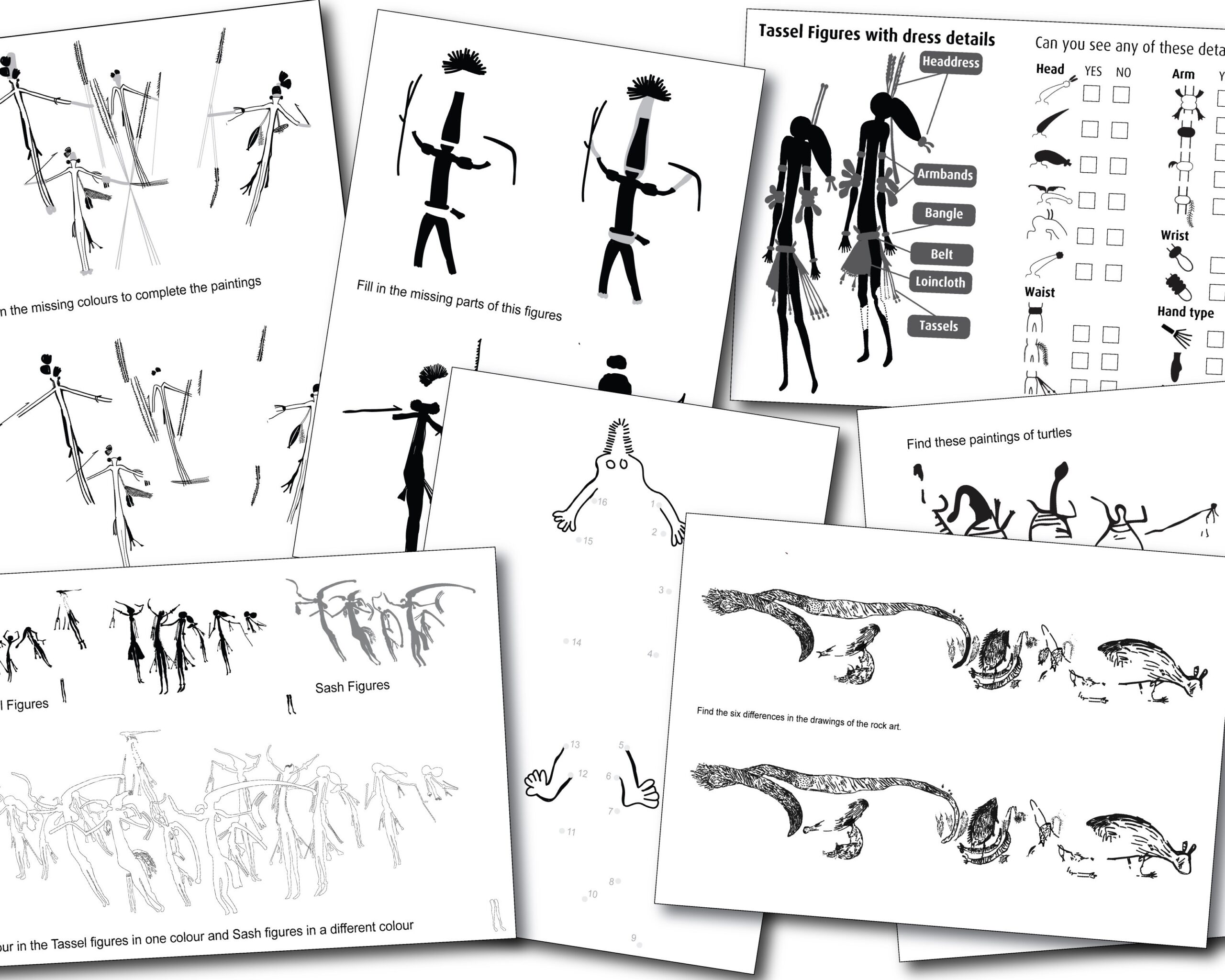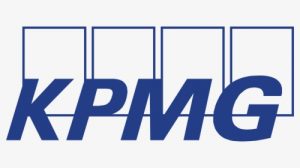Dr Louise Shewan, Senior Research Fellow in Archaeological Sciences, in the School of Geography, Earth and Atmospheric Sciences at the University of Melbourne, is leading an extraordinary effort to digitally preserve Indigenous rock art in the eastern Kimberley.
The ‘VR team’ visited the remote Barking Owl camp site in July 2022, camping alongside the Drysdale River. There, they captured thousands of ultra-high-resolution photographs using cameras and drones, which have since been turned into 3-dimensional computer models that faithfully capture the rock shape to sub-cm accuracy, and the art panel paintings and other surface features to sub-mm accuracy and high colour accuracy. The 3-D models can be viewed on computer screens, projectors, and most importantly for this project, Virtual Reality (VR) headsets.

